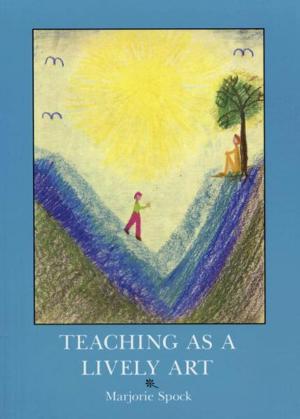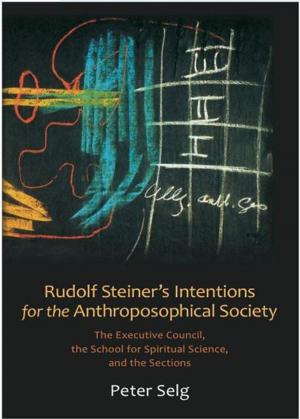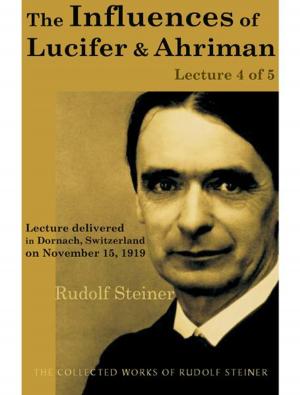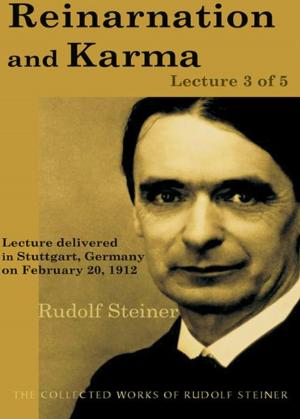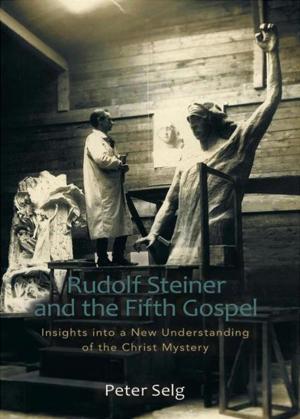The Kingdom of Childhood: Lecture 5 of 7
Nonfiction, Reference & Language, Education & Teaching, Educational Theory, Philosophy & Social Aspects| Author: | Rudolf Steiner | ISBN: | 9780880107730 |
| Publisher: | Steinerbooks | Publication: | June 1, 1995 |
| Imprint: | SteinerBooks, Collected Works 311 | Language: | English |
| Author: | Rudolf Steiner |
| ISBN: | 9780880107730 |
| Publisher: | Steinerbooks |
| Publication: | June 1, 1995 |
| Imprint: | SteinerBooks, Collected Works 311 |
| Language: | English |
This lecture is part of the collection "The Kingdom of Childhood" by Rudolf Steiner. Steiner (1861-1925) was an Austrian philosopher, social reformer, architect, and esotericist. He gained initial recognition as a literary critic and cultural philosopher. At the beginning of the 20th century, he founded a spiritual movement, Anthroposophy. He is considered the father of Waldorf education, biodynamic agriculture, anthroposophical medicine and spiritual science. All teaching matter must be intimately connected with life. In counting, each different number should be connected with the child or what the child sees in the environment. Counting and stepping in rhythm. The body counts. The head looks on. Counting with fingers and toes is good (also writing with the feet). The ONE is the whole. Other numbers proceed from it. Building with bricks is against the childs nature, whose impulse is to proceed from whole to parts, as in medieval thinking. Contrast atomic theory. In real life we have first a basket of apples, a purse of coins. In teaching addition, proceed from the whole. In subtraction, start with minuend and remainder; in multiplication, with product and one factor. Theorem of Pythagoras (eleventwelve years). Details given of a clear, visual proof, based on practical thinking. This will arouse fresh wonder every time. The entire Collected Works of Rudolf Steiner are available from SteinerBooks.
This lecture is part of the collection "The Kingdom of Childhood" by Rudolf Steiner. Steiner (1861-1925) was an Austrian philosopher, social reformer, architect, and esotericist. He gained initial recognition as a literary critic and cultural philosopher. At the beginning of the 20th century, he founded a spiritual movement, Anthroposophy. He is considered the father of Waldorf education, biodynamic agriculture, anthroposophical medicine and spiritual science. All teaching matter must be intimately connected with life. In counting, each different number should be connected with the child or what the child sees in the environment. Counting and stepping in rhythm. The body counts. The head looks on. Counting with fingers and toes is good (also writing with the feet). The ONE is the whole. Other numbers proceed from it. Building with bricks is against the childs nature, whose impulse is to proceed from whole to parts, as in medieval thinking. Contrast atomic theory. In real life we have first a basket of apples, a purse of coins. In teaching addition, proceed from the whole. In subtraction, start with minuend and remainder; in multiplication, with product and one factor. Theorem of Pythagoras (eleventwelve years). Details given of a clear, visual proof, based on practical thinking. This will arouse fresh wonder every time. The entire Collected Works of Rudolf Steiner are available from SteinerBooks.




